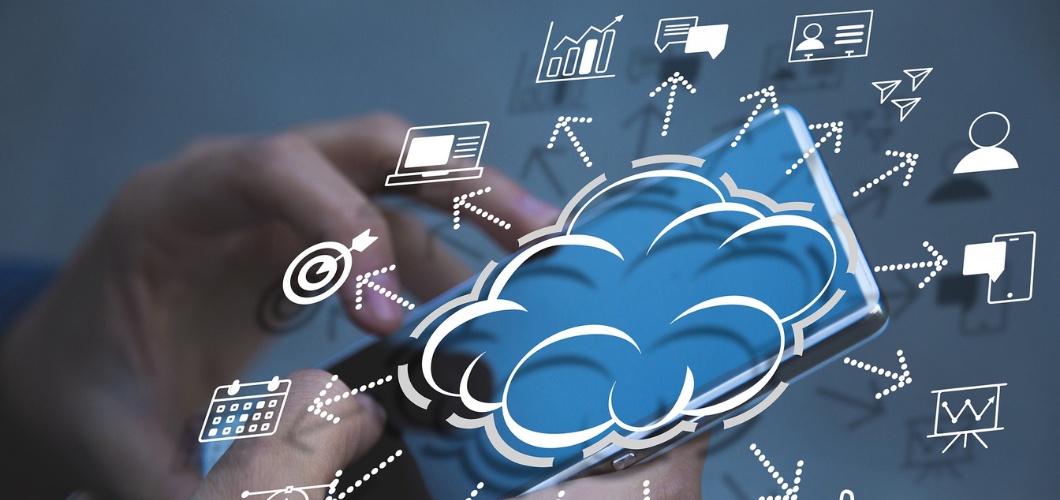Cloud computing has been around since the beginning of the 2000s but has gained popularity of late as it provides scalability, reliability, agility, disaster recovery, and many other benefits.
In simple words, cloud computing is the delivery of computing services- such as servers, storage, databases, networking, etc.- over the Internet a.k.a. “the cloud.”
You typically pay as you go for the cloud services you use, thus helping lower your operational costs, optimize your infrastructure, and scale up as per your changing business needs.
What Is the Function of Cloud Computing?
As industries and businesses scale up, they need to invest in physical infrastructure that supports the growth. With cloud computing, you can rent out computing infrastructure, data centers, or storage from a cloud service provider.
This helps you avoid upfront costs and the complexity of owning and maintaining an IT infrastructure of your own. Cloud services are mostly pay-as-you-go, allowing you to simply pay for what you use and when you use it.
What Are the Benefits of Cloud Computing?
For many businesses, cloud computing can be a big shift from traditional IT infrastructure. Here are some benefits of cloud computing.
Cost
By switching to the cloud, you eliminate the capital expense of buying hardware and software, and setting up and running on-site data centers. This can considerably reduce the electrical costs and overhead expenses that you incur.
Performance
All the biggest cloud computing services run on a worldwide network of secure data centers. These are regularly upgraded to the latest generation of fast and efficient computing hardware so that your company can scale up without any network glitches.
Reliability
With cloud computing, you can automate or easily back up your data. This is extremely helpful during disaster recovery, ensuring business continuity regardless of your company’s location.
Security
Most cloud services offer a broad range of policies, controls, and technologies that strengthen your security system and help protect your data and infrastructure from potential threats.
Does Cloud Computing Have Any Disadvantages?
While cloud services may have a host of benefits, they may not be a good fit for all businesses. Here are the challenges that cloud computing services pose:
Downtime
This is often cited as the biggest disadvantage of cloud computing. Due to the dependency of cloud computing services on a strong internet connection, service outages can occur based on network connectivity or other network issues.
Limited control
Since cloud infrastructure is entirely owned, managed, and monitored by the service provider, the business owner has minimum control over the services offered.
Cost
Adopting cloud solutions by smaller businesses for short-term projects can be expensive. This is ironic because the most significant advantage of cloud services happens to be IT cost savings. But pay-as-you-go services may cost you more than you expected depending on the scale of your business.
Final Thoughts
Cloud computing is still at a relatively early stage of adoption despite its long history.
Many companies though like the idea of migrating to a cloud infrastructure are still unsure which would be the most suitable provider for them. This goes to say that, usage of cloud computing is only going to increase as organizations get more comfortable with the idea of data being stored in “the cloud” instead of on a server in the IT room.



